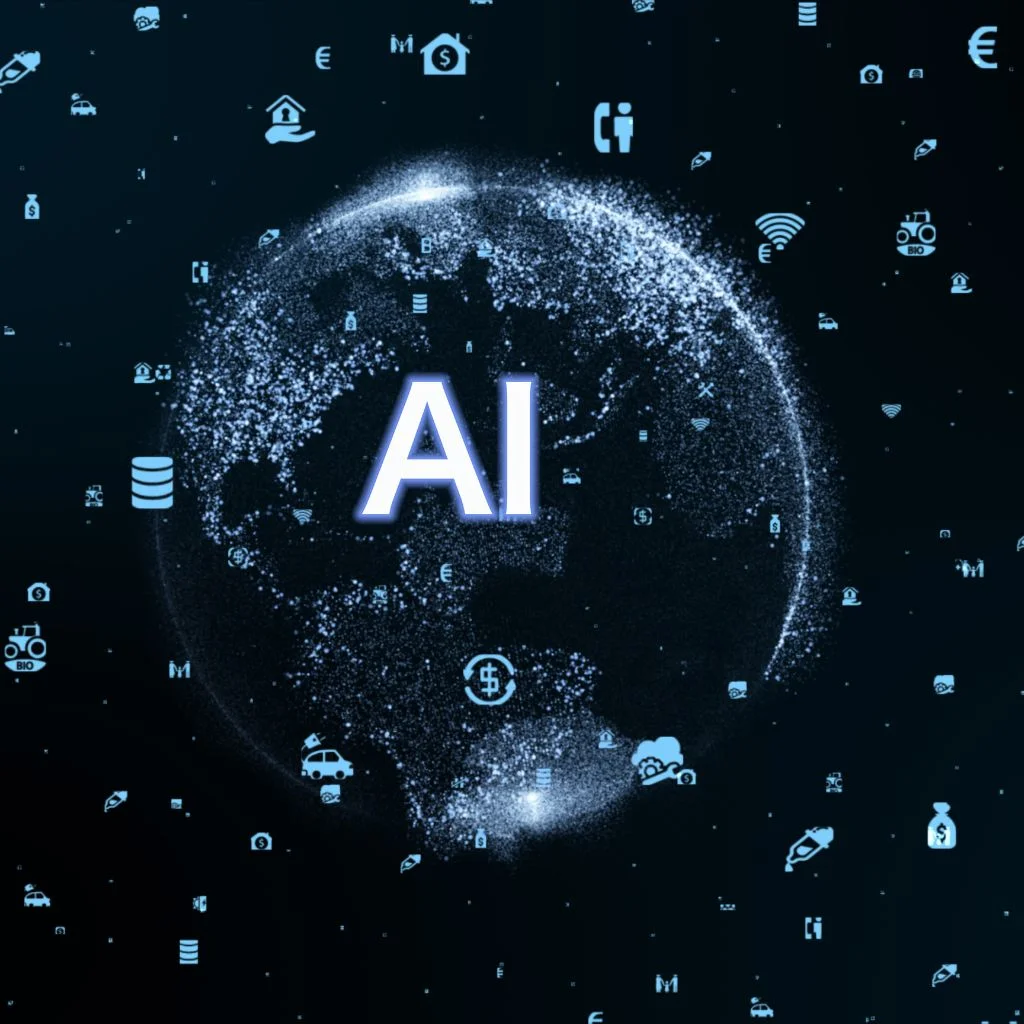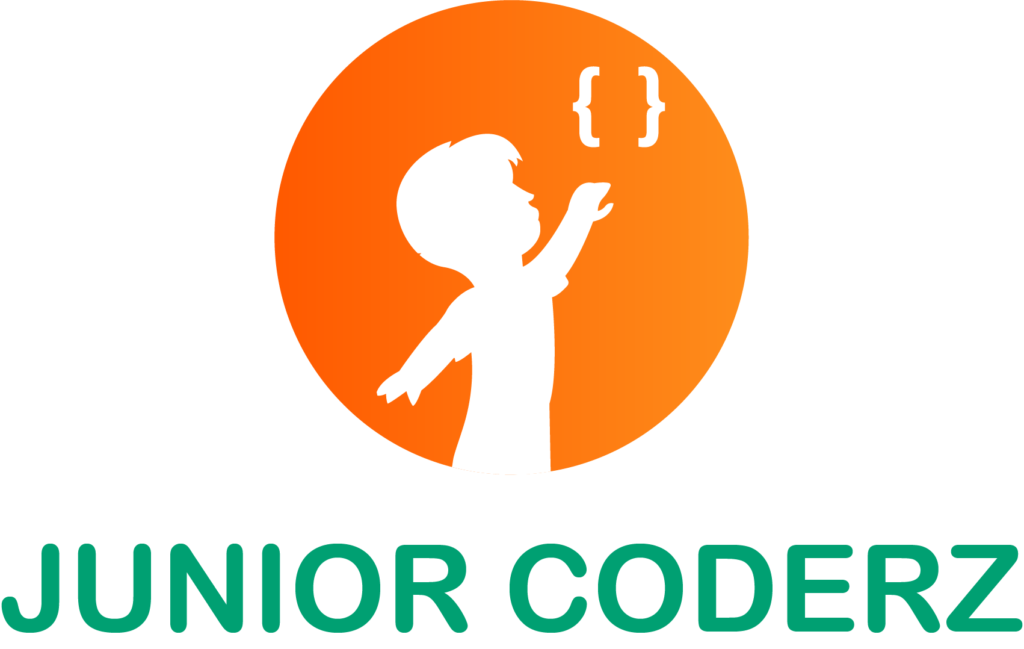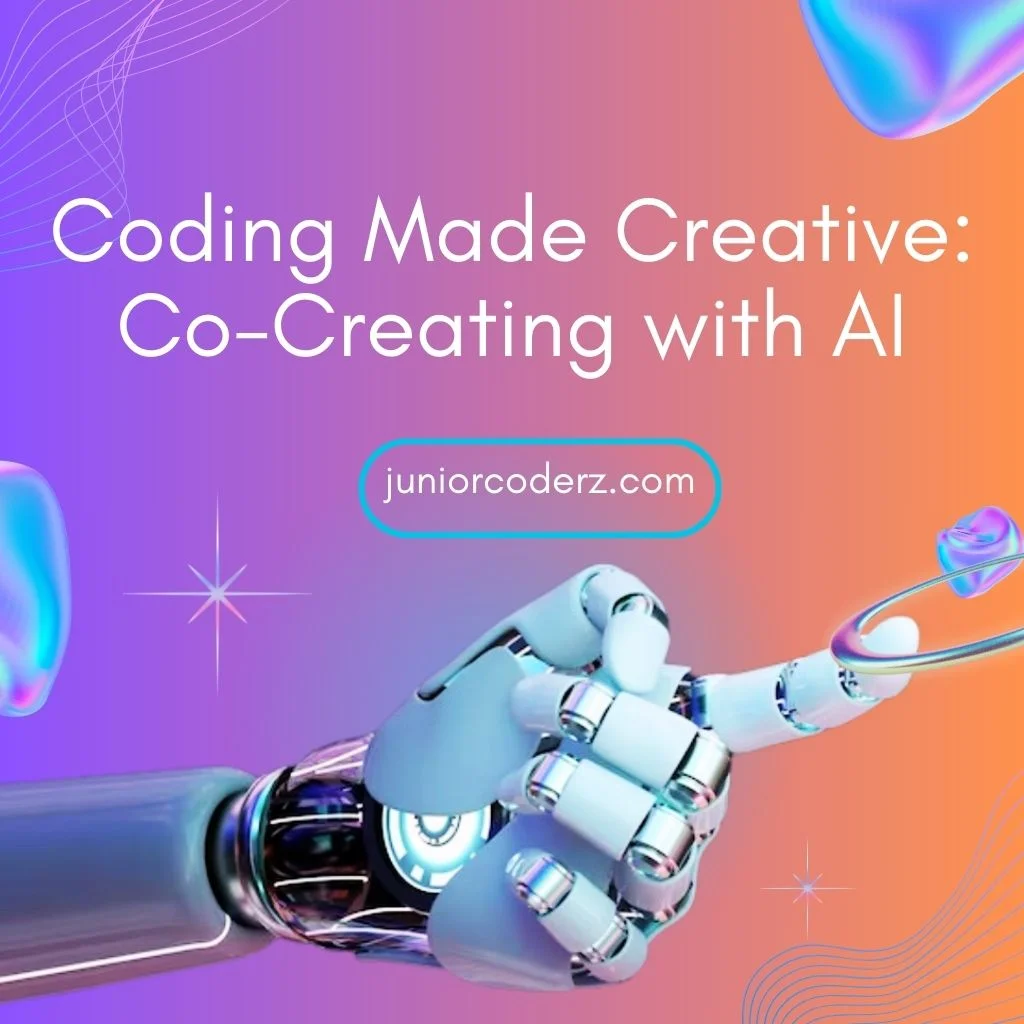Artificial Intelligence is transforming every corner of our lives, but nowhere is its influence more exciting than in the world of coding. Using AI for coding is no longer science fiction, it’s a reality shaping how students, professionals, and even kids explore programming. AI doesn’t just generate code; it becomes a collaborator, a tutor, and a creative partner. Instead of replacing human problem-solving, AI empowers learners to build smarter, faster, and more imaginatively.
But here’s the catch: should we simply copy what AI suggests? Or should we co-create, weaving our ideas with machine intelligence to unlock deeper learning and creativity in programming? The answer can make or break the future of education. This is where things get exciting because the real potential of programming with AI lies not in shortcuts, but in sparking innovation. Stay with me, because by the end, you’ll discover how students, teachers, and parents can embrace AI as a powerful coding ally without losing the joy of discovery.
Why Co-Creation Matters in Coding
When we talk about using AI for coding, many imagine a chatbot spitting out finished code. But that’s only scratching the surface. True learning happens when students understand how the code works, why it was written that way, and what alternatives exist.
- Copying teaches nothing—it’s like solving math problems with an answer sheet open.
- Co-creating, on the other hand, helps students crack coding puzzles with guidance. AI becomes the partner who nudges them forward while leaving space for critical thinking.
By co-creating:
- Learners gain confidence in how to code with AI responsibly.
- They explore multiple solutions instead of relying on one “right” answer.
- They develop resilience, creativity, and problem-solving skills that will outlast any single technology.
How AI is Changing the Way We Learn to Code
AI as a Creative Partner
- Using AI for coding acts like having a brainstorming buddy who provides multiple solutions.
- AI can suggest different approaches (Python script, JavaScript app, block-based coding).
- Students learn to compare, contrast, and choose the best path.
- Encourages creativity in programming by showing variety instead of one rigid solution.
- Inspires learners to experiment with design, structure, and new ideas.
AI as a Teacher
- AI provides unlimited patience and accessibility for learners.
- Kids can ask the same “why” question repeatedly without judgment.
- In AI for kids programs, AI adapts explanations to suit age and skill level.
- Uses storytelling, analogies, and simple examples to explain coding concepts.
- Builds confidence in how to code with AI while ensuring real understanding.
- Transforms learners into creators with strong problem-solving skills.
AI as a Debugger
- One of the hardest parts of coding is handling errors and bugs.
- AI in coding goes beyond correction by explaining why the error occurred.
- Guides learners step by step through debugging processes.
- Example: If indentation is missing in Python, AI explains whitespace rules.
- Turns mistakes into learning opportunities instead of frustrations.
- Helps students see debugging as part of growth, not failure.
Cracking Coding: From Copying to Creative Discovery
Traditional coding lessons often emphasize memorizing syntax rules and repeating drills. While these skills matter, they can feel mechanical and uninspiring for beginners. Using AI for coding transforms this experience into something more engaging by giving students the freedom to start building projects from day one.
- Instead of focusing only on rote memorization, teachers can encourage learners to crack coding challenges with AI as their creative partner.
- A student might say, “How do I build a simple calculator app?” AI responds with scaffolding code, guiding the learner without removing the problem-solving element.
- Students can then refine, test, and explain each step, turning code into a conversation rather than a one-way lecture.
- This approach sparks creativity in programming, showing kids and beginners that coding isn’t about copying, it’s about experimenting, learning, and improving.
- By blending AI suggestions with human curiosity, learners move from passive consumers of answers to active creators who truly understand how to code with AI.
In short, co-creating with AI doesn’t make coding easier by cutting corners, it makes coding more meaningful, exciting, and future-ready.
Practical Ways to Use AI for Creative Coding
1. The Co-Creation Loop

1. Plan
- Every coding journey begins with a clear idea. Students should write down exactly what they want their program to achieve before touching a keyboard.
- This step helps clarify goals, whether it’s creating a calculator, a small game, or a quiz app.
- Planning ensures that when using AI for coding, learners stay in control of the project instead of blindly following outputs.
2. Prompt AI
- Once the goal is clear, students should ask AI for pseudocode instead of full code.
- Pseudocode gives a high-level outline of the logic, making it easier to understand the structure without getting lost in syntax.
- This trains kids and beginners in how to code with AI responsibly treating AI as a guide, not a crutch.
3. Build Together
- With pseudocode in hand, learners now begin translating it into real programming code line by line.
- Students type the code themselves and use AI only when they get stuck or need clarification.
- This collaborative approach boosts creativity in programming, as the student actively engages while AI offers suggestions and corrections.
4. Explain
- After writing the code, learners should explain in their own words what each section does.
- This practice ensures understanding and prevents mindless copying.
- Teachers or parents can ask questions like, “Why did you use a loop here?”—pushing kids to show their thought process while coding with AI.
5. Test & Debug
- Testing is where learning deepens. Students run the program, identify errors, and then use AI in coding as a second pair of eyes to analyze bugs.
- Instead of just fixing mistakes, AI can explain why the bug appeared, helping learners develop critical problem-solving skills.
- This step also builds resilience by showing that debugging is part of the coding adventure, not a failure.
6. Refactor
- Once the code works, students can challenge themselves to improve it.
- AI can suggest faster, cleaner, or more creative ways of writing the same program.
- Refactoring teaches kids that coding isn’t about stopping at the first working version, it’s about constantly learning, optimizing, and cracking coding challenges in smarter ways.
2. Pair Programming with AI
Pair programming has long been a powerful technique where one person acts as the driver—typing and writing code—while the other takes on the role of the navigator, reviewing, questioning, and guiding. When we introduce programming with AI into this setup, the dynamic becomes even more interesting. Students can stay in the driver’s seat, focusing on writing and understanding the code, while AI serves as the navigator, offering suggestions, spotting errors, and explaining alternatives. This creates a safe space where learners get continuous feedback without feeling judged.
Later, the roles can be reversed: students analyze and critique the AI-generated code, explaining why certain lines work and how they might improve them. This back-and-forth strengthens not only technical knowledge but also collaboration skills, showing learners that using AI for coding is not about copying answers but about creating a dialogue that deepens understanding and sparks creativity in programming.
3. Creativity Challenges
Give kids briefs like:
- “Make a game where the rules change halfway through.”
This challenge pushes kids to think outside the box by designing unexpected twists in their gameplay. Using AI for coding, they can generate the base logic, but the creativity lies in deciding how and when the rules shift teaching adaptability and problem-solving in real time.
- “Build a quiz app where every wrong answer teaches you something new.”
Instead of treating mistakes as failures, this project reframes them as learning opportunities. AI can scaffold the code for a basic quiz, while students decide how to provide feedback, explanations, or fun hints making creativity in programming both educational and rewarding.
How to Code with AI: Step-by-Step for Beginners
1. Start with Natural Language
Every learner can begin coding by simply describing what they want in plain English, like: “I want to build a program that adds two numbers.” This lowers the barrier to entry because it doesn’t require memorizing syntax first. For beginners, using AI for coding this way makes programming approachable, fun, and confidence-building.
2. Get AI Suggestions
Once the goal is clear, AI provides a starter snippet or pseudocode. This acts like scaffolding a framework students can study and build upon. Instead of writing everything from scratch, learners can focus on understanding structure, which is the essence of how to code with AI effectively.
3. Ask Why
The most powerful part of learning is questioning. Students should always ask AI, “Why did you use this function?” or “Why this loop instead of another?” This turns AI from a code generator into a tutor. The process deepens understanding and prevents passive copying, sparking creativity in programming.
4. Modify
After understanding the basics, learners should extend the project for example, adding subtraction, multiplication, or even error handling. Modifying encourages experimentation and shows kids how programming with AI can be interactive, flexible, and tailored to their ideas rather than fixed outputs.
5. Test Together
Finally, students should run the program and watch for bugs or errors. With AI acting as a partner, they can troubleshoot issues step by step. This builds resilience, helps kids realize that debugging is a normal part of coding, and highlights the strength of AI in coding as both a problem-solver and teacher.
This approach teaches how to code AI style: iterative, collaborative, and educational.
Teaching Kids: AI as a Classroom Ally
Parents and teachers often ask, “How do I teach kids AI without encouraging shortcuts?” The answer: structure and guidance.
1. Set clear rules
When introducing AI in coding to kids, it’s important to set boundaries. Students must understand that AI is there to guide and support them, not to do all the work for them. This mindset ensures learners use AI responsibly and gain real skills.
2. Encourage explanations
To avoid blind copying, kids should explain what the AI-generated code does in their own words. This builds comprehension and critical thinking, reinforcing the idea that using AI for coding is about learning, not shortcutting.
3. Build projects
Teachers can let AI handle repetitive or setup tasks, like generating boilerplate code, while kids focus on customization. This balance ensures students stay hands-on, making creativity in programming the central focus.
4. Promote integrity
Reward kids who experiment, ask questions, and improve code rather than those who simply paste AI’s answers. By celebrating curiosity, we nurture responsible coders who know how to code with AI ethically.
By embedding these habits, how to teach kids AI becomes less about tools and more about mindset.
Future of Coding with AI
The future is bright and collaborative:
- AI in coding as a classroom tool
Just as calculators became a normal part of math education, AI will soon be a standard tool in coding classes. It won’t replace learning but will accelerate it by giving students immediate feedback and support.
- Co-creating, not copying, as the key skill
The learners who thrive will be those who combine human creativity with AI’s efficiency. Students who understand how to brainstorm, refine, and innovate with AI will be the ones who stand out in future tech careers.
- How to code with AI will shift from novelty to necessity
Right now, AI coding feels like a trend, but in the near future, it will be a core skill for all programmers. Mastering programming with AI will be as essential as learning syntax itself, shaping the next generation of innovators.
JuniorCoderz.com champions this future by creating resources that blend AI’s power with hands-on learning.
Call-to-Action
Ready to unlock the future of coding? Don’t let AI become just a shortcut to make it your child’s creative partner. Explore JuniorCoderz.com’s resources, challenges, and workshops designed to transform AI into a co-teacher, not a crutch. Together, let’s raise a generation of problem-solvers who thrive on creativity, curiosity, and collaboration.
FAQs
Q. Is using AI for coding safe for kids?
Yes, when supervised. AI should act as a guide, not a replacement, and kids should always explain and test the code themselves.
Q. How do I teach kids AI responsibly?
Set clear rules, encourage explanations, and use AI for brainstorming, not copy-pasting.
Q. Can AI replace traditional programming education?
No. AI accelerates learning but doesn’t replace foundational skills. Kids still need problem-solving practice.
Q. What’s the best way to start coding with AI?
Begin with small projects: calculators, quizzes, or games. Use AI for setup, then let learners build.
Q. Why is creativity in programming important?
Creativity builds resilience and innovation. With AI, coding becomes a playground for new ideas instead of rigid instructions.

